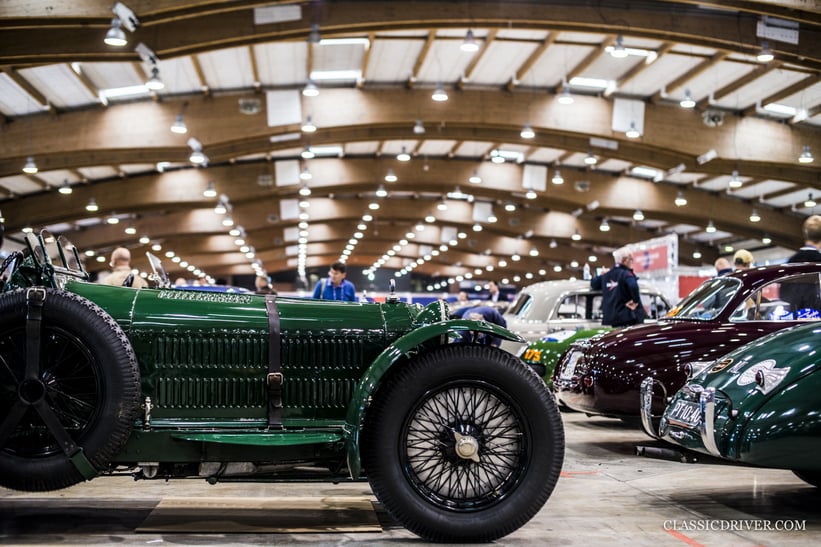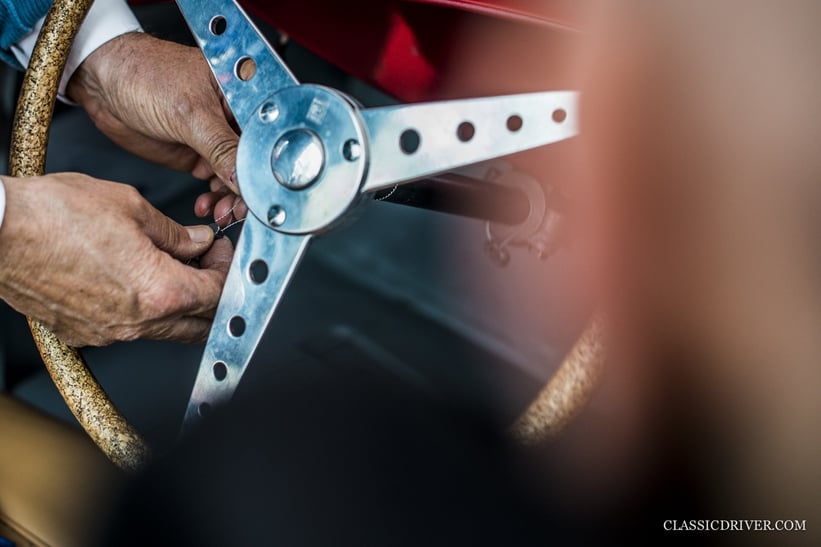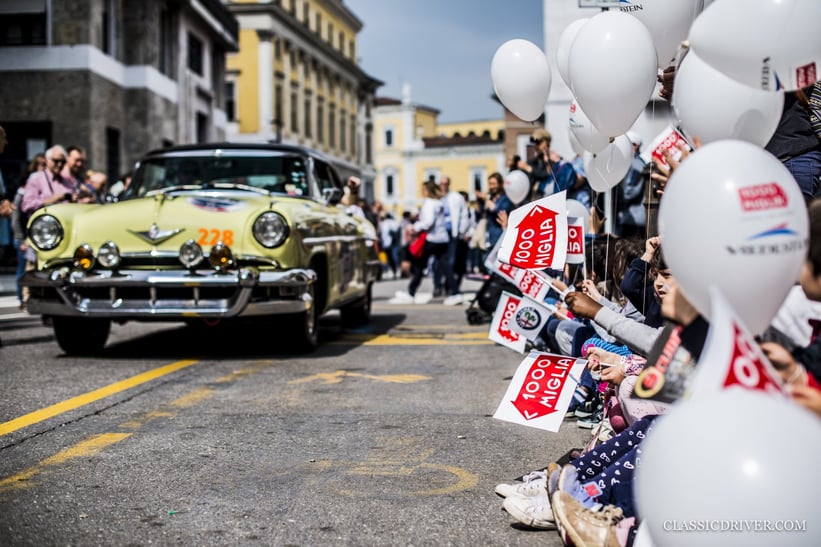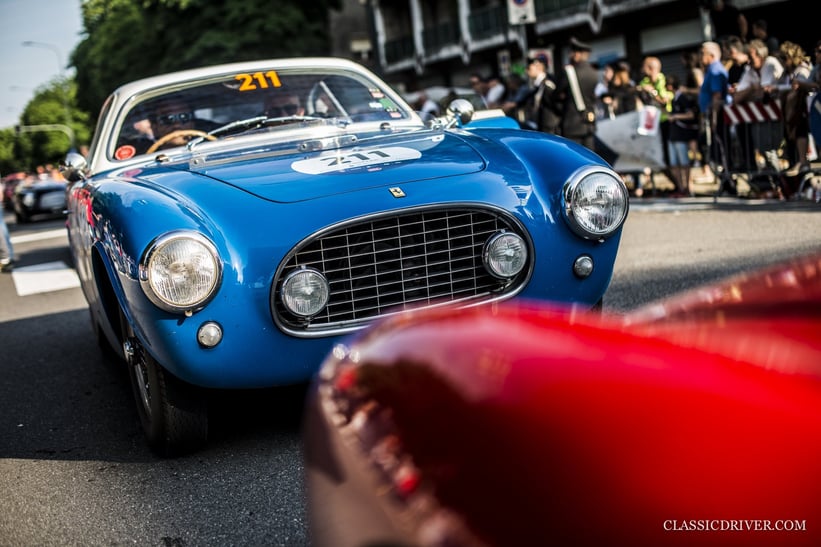Prologue



The first thing you need to know about the Mille Miglia is that its organisation is, how can we put this, particularly Italian in its nature. It seems we drew the short straw with regards to our accreditation – there were two sets of car stickers that granted two different levels of access, and we received the wrong set. And when you’re trying to follow the entire route and capture the event in all its unadulterated glory, the last thing you need is an agonisingly long diversion away from the action. So, while we’d have loved to have brought you more images portraying the harmonious mix of old cars and picturesque ancient cities, we simply weren’t allowed anywhere near.
The class of 2018



That said, the Mille Miglia is still the most beautiful race in the world. The selection of cars is both vast and impressive and the class of 2018 was arguably the finest in recent years. While picking one car from the circa-450 entrants sounds like an impossible task, there wasn’t really any question in our minds as to which it would have been: the Alfa Romeo P3 Tipo B. Following its victory in the 1934 Monaco Grand Prix, it became the only example converted by the Scuderia Ferrari to two-seater specification, after which it won the Mille Miglia in 1935.
Etceterini, etceterini



Speaking of Ferrari, the assembly of Prancing Horses was exceptional, even if it feels like there are fewer and fewer significant cars each year – take the 500 Mondial (piloted by Classic Driver dealers Tom Hartley Jnr and Max Girardo), 225 S Vignale, 166 MM, 750 Monza, and the fabulous 857 S, for example. Kudos to the man with the 212 Inter Europa fitted with a roof rack and vintage luggage – that’s the way to do the Mille Miglia in style, the absolute definition of Grand Touring. Other notable cars included the Alfa Romeo 6C 1750 Aprile from the Lopresto Collection, which miraculously looked even better covered in 1,000 miles’ worth of road grime, and the 8C 2900 Boticella that we’re treated to seeing each and every year.
Special note must also go to the abundant and jewel-like etceterinis, small displacement Italian racers from the 1940s to the 1960s, including the Erminis, Cisitalias, Siatas, Stanguellinis, Faccioli, Dagrada, and Bandini. Our favourites were definitely the Cisitalia 202 D 2800 Coupé, the Ermini 1100 Berlinetta Motto, and the Ermini Fiat 1100 Sport – they were all wonderful little cars.
Magical moments



Largely the route, which twists from Brescia down to Rome and back again, is just as magnificent – take the drive over the mountains after the Passo della Cisa, when the most beautiful sunset illuminated the cars making their way down towards Parma, or the chaotic charge through Milan, where competitors not only had to negotiate heavy traffic but also the tramways. Probably the most special moments of this year’s – and, in fact, every – Mille Miglia was when the rain came down. Because a large majority of the cars are open, competitors are forced to hide from the rain to close their roofs (if they had one) or simply put on waterproofs.
Only on the Mille



In terms of the route, we do wish fewer concessions were made for the sake of historical accuracy, however. Surely it’s more important to identify a route that provides maximum enjoyment for competitors and is more sympathetic to their fragile old cars – just who wants to pilot a priceless pre-War classic through countless nondescript industrial towns or in endless traffic jams? In this respect, the Tour Auto excels.
Where the Mille has the Tour Auto well and truly licked, though, is the atmosphere – the crowds and communities who line virtually the entire route, from Brescia to Brescia, from 6am in the morning to late at night. From local car clubs and children who’ve been taken out of class for the occasion to village elders, everyone comes out to greet the teams. The absence of road rules is also quite extraordinary, if a little unsettling at times. The police officers accompanying force you to pass through red lights and stop signs, drive 90kph through tiny villages, and to drive in a virtual middle lane.
Grazie Mille!



Ultimately, we leave the Mille Miglia each year feeling empty and sad that it’s over, despite the struggles, the difficulties, the exhausting days, and the danger. There is just an indescribable charm to the event that is so alluring. And while watching the competitors proudly cross the finishing line in Brescia, more often than not with an entirely deserving beverage or cigar in their blistered hands, you can’t help but feel proud to be a part of this historical motor race. Grazie Mille Miglia!
Photos: Rémi Dargegen for Classic Driver © 2018




































































































